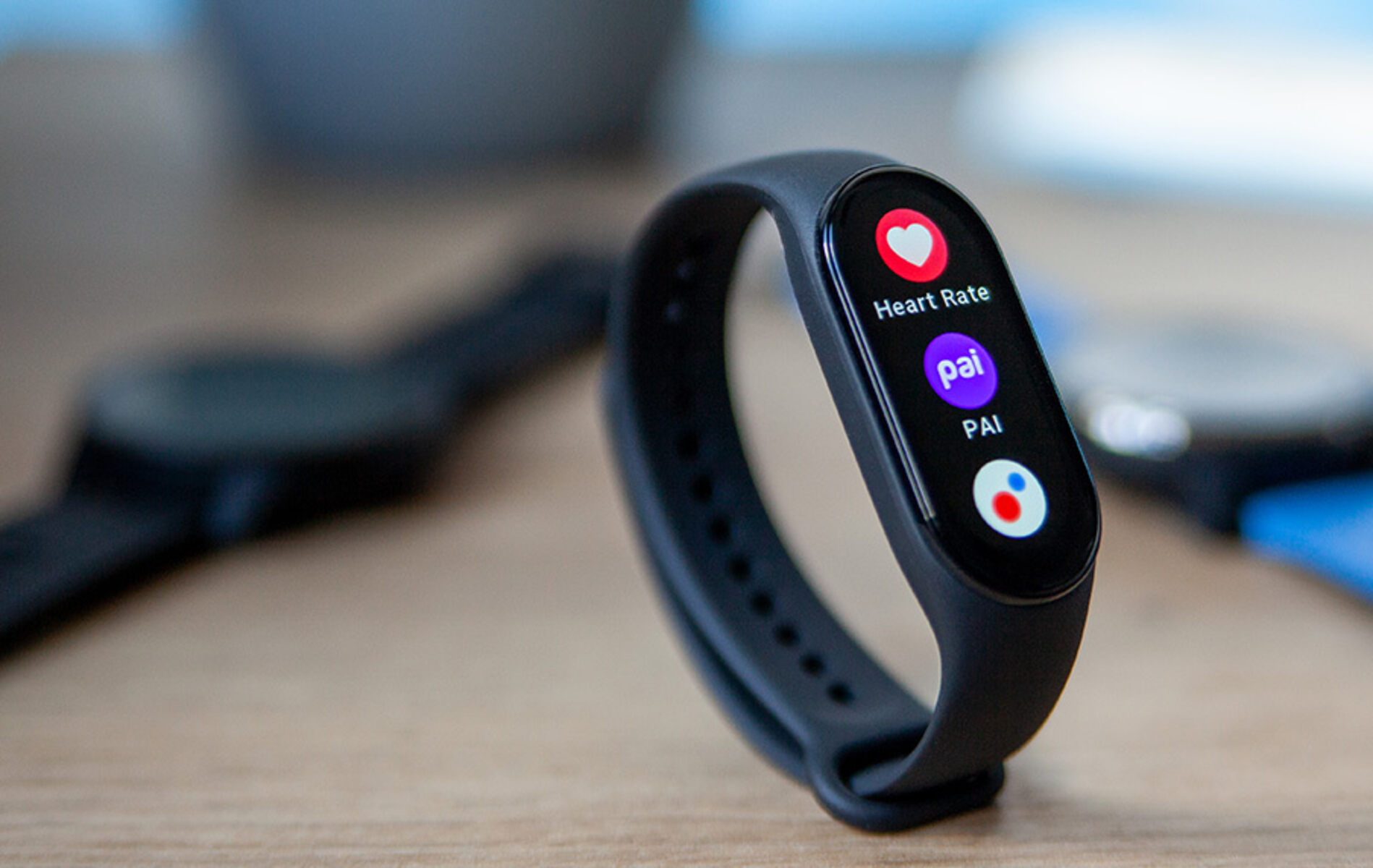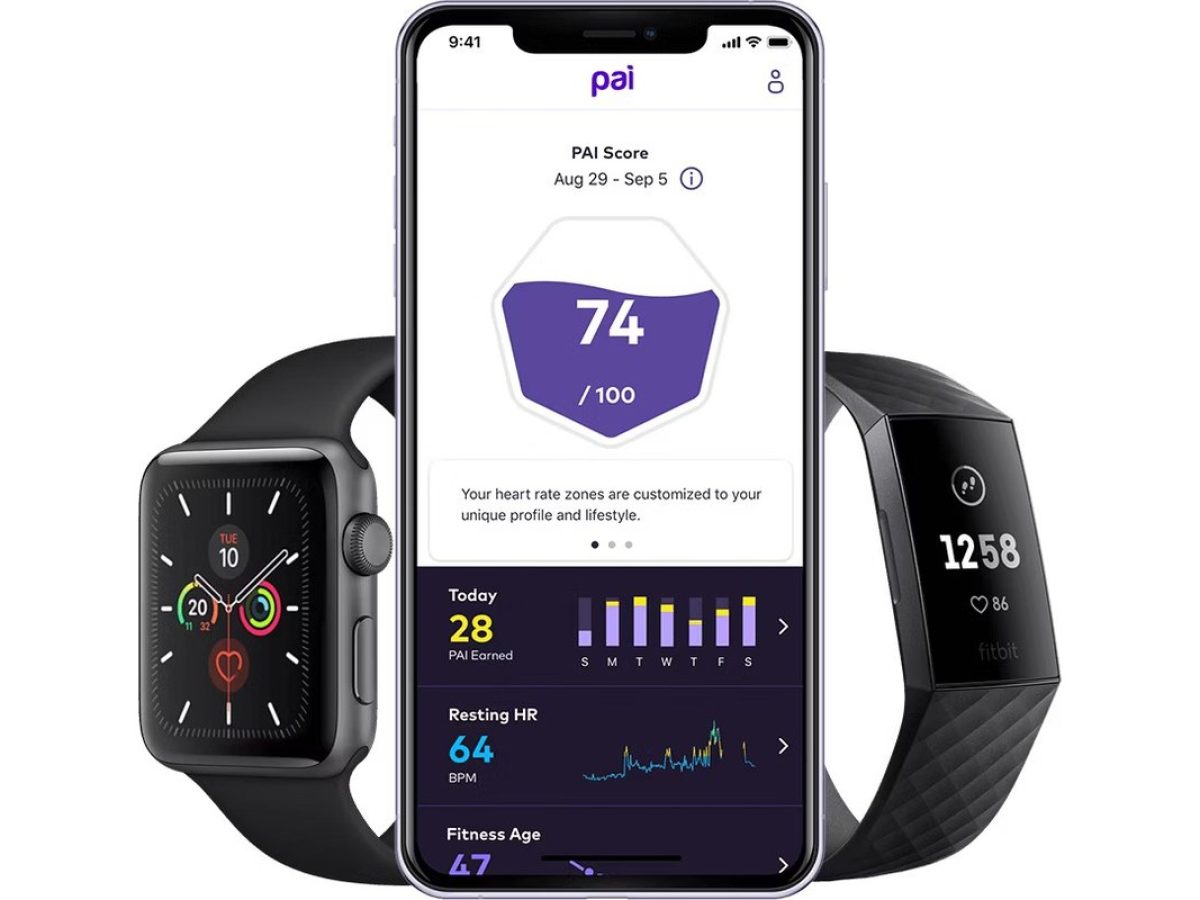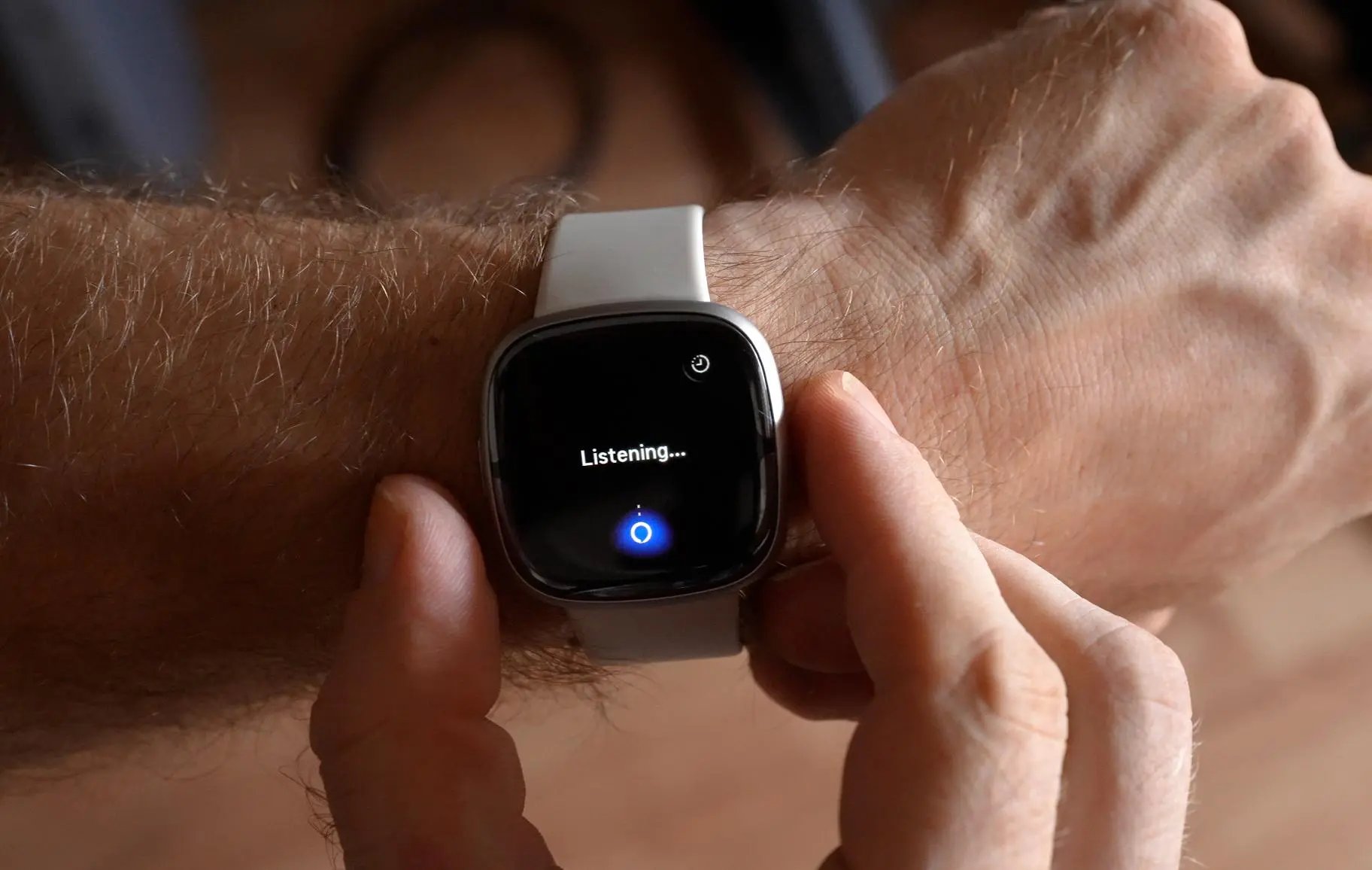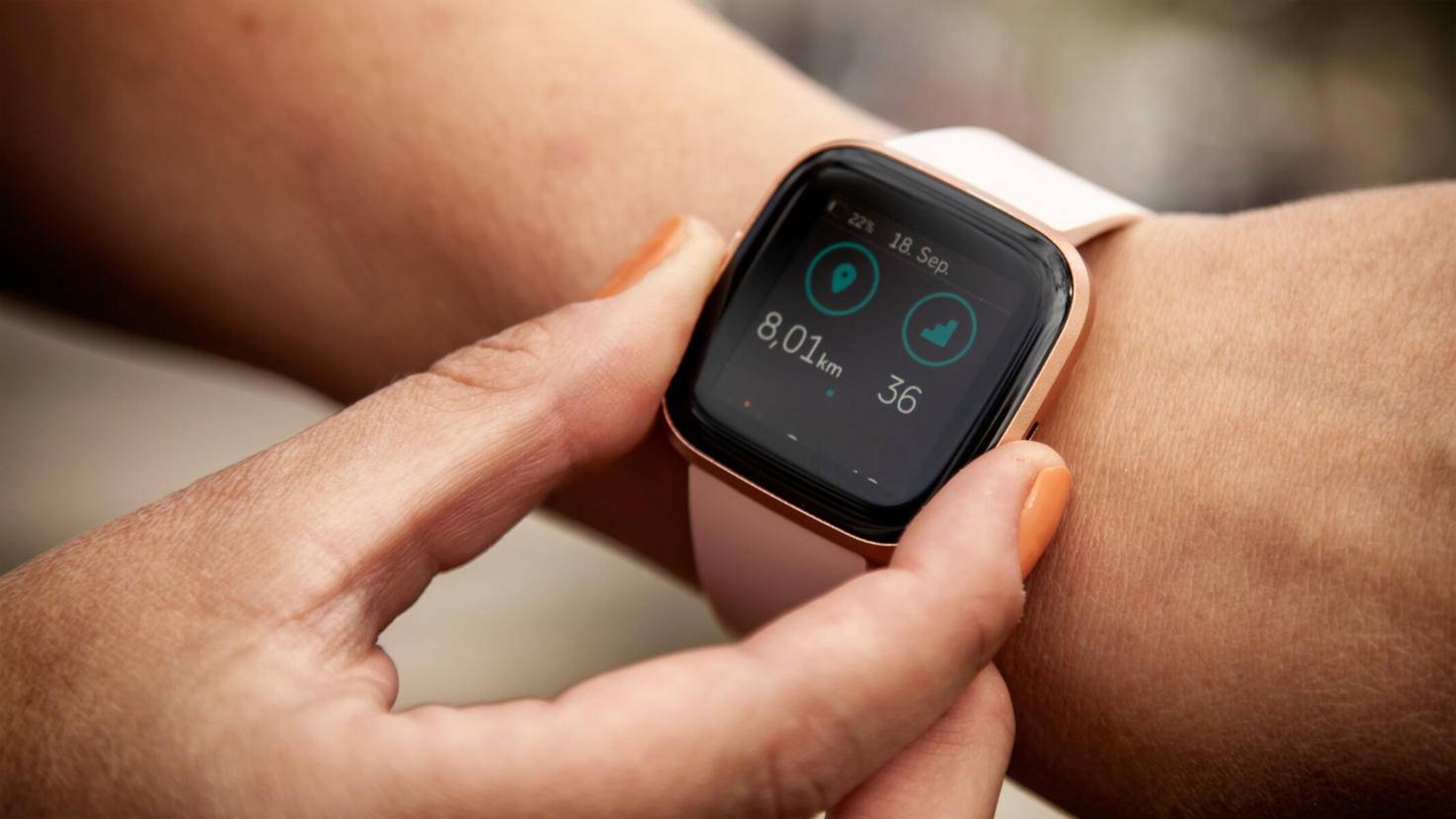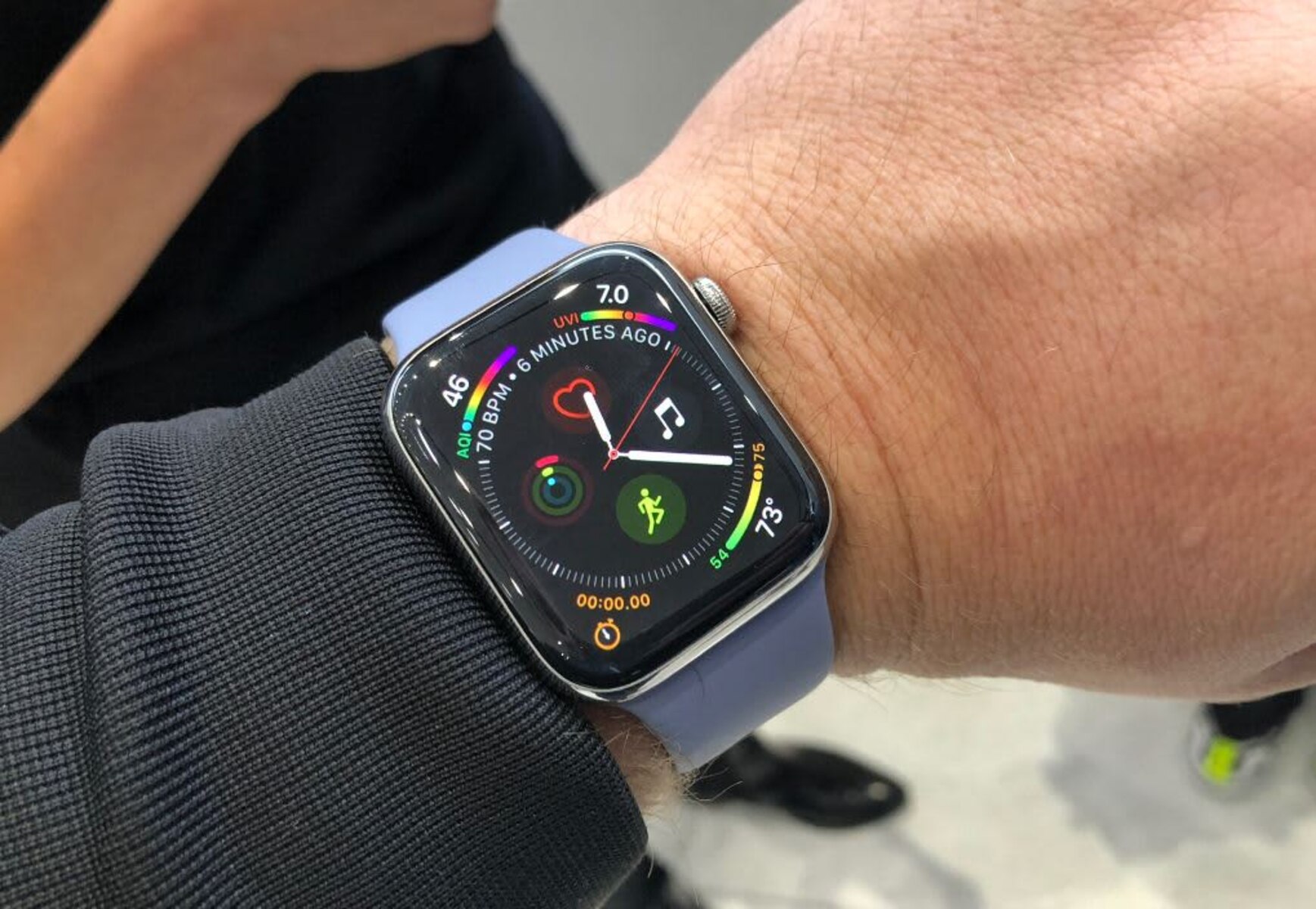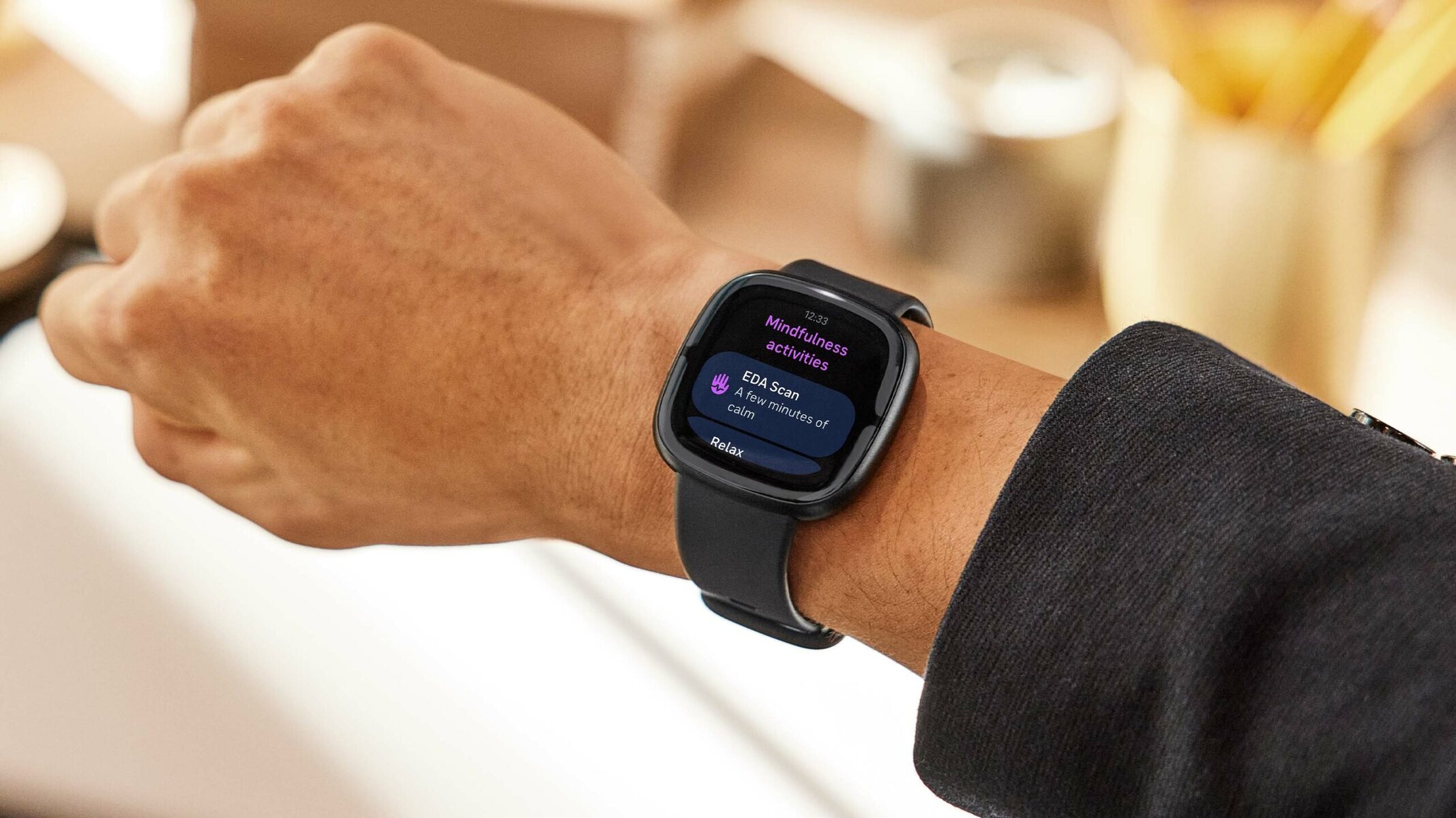What is PAI?
Personalized Activity Intelligence (PAI) is a revolutionary approach to tracking and interpreting physical activity. Unlike traditional fitness metrics, such as step counts or calorie expenditure, PAI offers a personalized and holistic view of your overall health and fitness levels. Developed by leading health scientists, PAI is based on the landmark HUNT Fitness Study, which involved over 45,000 participants and 25 years of research. This extensive study revealed that maintaining a PAI score of 100 or more can significantly reduce the risk of cardiovascular disease and increase lifespan.
PAI is designed to provide individuals with a simple, yet powerful, metric that reflects the impact of physical activity on their heart health. By using heart rate data, PAI calculates a personalized score that reflects the intensity and duration of your physical activity, offering a clear and actionable target for maintaining optimal health. This approach shifts the focus from arbitrary fitness goals to a scientifically validated measure of cardiovascular health, making it a game-changer in the realm of health and fitness tracking.
With PAI, users no longer need to be experts in exercise science or heart rate monitoring to make informed decisions about their physical activity. The simplicity and effectiveness of PAI make it accessible to individuals of all fitness levels, empowering them to take control of their health and well-being. Whether you’re an avid athlete or just starting your fitness journey, PAI provides a universal standard for optimizing your physical activity and reaping the associated health benefits.
Benefits of PAI on Smartwatches
PAI integration on smartwatches offers a multitude of benefits that cater to individuals seeking a comprehensive approach to health and fitness tracking. Here are some of the key advantages:
- Personalized Health Insights: Smartwatches equipped with PAI functionality provide users with personalized insights into their cardiovascular health. By continuously monitoring heart rate data and applying the PAI algorithm, these devices offer a clear and actionable metric for assessing the impact of physical activity on overall well-being.
- Efficient Tracking: PAI simplifies the process of monitoring physical activity by condensing complex heart rate data into a single, easy-to-understand score. This streamlines the tracking process and enables users to make informed decisions about their exercise routines without delving into intricate data analysis.
- Health Optimization: PAI on smartwatches goes beyond conventional fitness tracking by emphasizing the importance of maintaining a specific PAI score for enhancing cardiovascular health. This proactive approach encourages users to engage in activities that contribute to achieving and maintaining an optimal PAI score, ultimately promoting long-term health benefits.
- Adaptive Goal Setting: Smartwatches with PAI integration adapt to users’ individual fitness levels and health profiles, allowing for personalized goal setting. By dynamically adjusting activity targets based on real-time heart rate data, these devices ensure that users are consistently working towards an optimal PAI score that aligns with their specific needs and capabilities.
- Motivational Feedback: PAI-enabled smartwatches provide users with motivational feedback based on their PAI scores, fostering a sense of achievement and progress. This real-time feedback serves as a powerful motivator, encouraging individuals to maintain an active lifestyle and make positive choices for their health.
These benefits collectively position PAI integration on smartwatches as a game-changing feature that transcends traditional fitness tracking, empowering users to take control of their health and well-being in a personalized and effective manner.
How PAI Works on Smartwatches
PAI functionality on smartwatches operates by leveraging advanced heart rate monitoring technology to interpret users’ physical activity and provide personalized health insights. The process involves several key components that collectively enable the calculation and interpretation of the PAI score:
- Continuous Heart Rate Monitoring: Smartwatches equipped with PAI functionality utilize advanced sensors to continuously monitor the user’s heart rate throughout the day, capturing a comprehensive dataset of their cardiovascular activity.
- Data Analysis and Interpretation: The heart rate data collected by the smartwatch is analyzed using sophisticated algorithms that assess the intensity and duration of physical activity. This analysis forms the basis for calculating the user’s PAI score, providing a holistic view of their cardiovascular health.
- PAI Score Calculation: Based on the interpreted heart rate data, the smartwatch calculates the user’s PAI score, which reflects the cumulative impact of their physical activity on their cardiovascular health. This score serves as a simplified yet powerful metric for guiding users towards optimal health and fitness levels.
- Real-Time Feedback and Insights: Smartwatches display the user’s PAI score in real time, offering immediate feedback on the effectiveness of their physical activity in maintaining a healthy heart. This real-time insight empowers users to make informed decisions about their exercise routines and overall lifestyle choices.
- Goal Tracking and Adaptation: PAI on smartwatches enables users to set and track personalized activity goals based on their PAI score, fostering a proactive approach to health optimization. The smartwatch dynamically adjusts these goals to align with the user’s current fitness levels and health status, ensuring that they are consistently working towards an optimal PAI score.
By seamlessly integrating these components, PAI functionality on smartwatches provides users with a comprehensive and actionable approach to monitoring and optimizing their cardiovascular health. This innovative technology transforms complex heart rate data into a user-friendly metric, empowering individuals to proactively manage their well-being and make informed choices for a healthier lifestyle.
Choosing a Smartwatch with PAI Integration
When selecting a smartwatch with PAI integration, several key factors should be considered to ensure that it aligns with your health and fitness tracking needs. Here are essential considerations to keep in mind:
- PAI Compatibility: Ensure that the smartwatch is specifically designed to support PAI functionality, as not all devices offer this feature. Look for models that explicitly mention PAI integration as a core component of their health and fitness tracking capabilities.
- Heart Rate Monitoring Accuracy: Opt for a smartwatch with reliable and accurate heart rate monitoring capabilities. Since PAI calculations are heavily reliant on heart rate data, the precision and consistency of heart rate measurements are crucial for obtaining meaningful PAI scores.
- Comprehensive Activity Tracking: Choose a smartwatch that offers comprehensive activity tracking features, including step counting, sleep monitoring, and exercise recognition. A holistic approach to activity tracking complements the PAI functionality, providing a well-rounded view of your overall health and fitness levels.
- User-Friendly Interface: Look for a smartwatch with an intuitive and user-friendly interface for accessing PAI-related insights and data. The ease of navigating PAI scores, trends, and goal tracking can significantly enhance the overall user experience and encourage consistent engagement with the PAI feature.
- Battery Life and Durability: Consider the battery life and durability of the smartwatch, particularly if you intend to utilize PAI for continuous health monitoring. A long-lasting battery and robust build quality ensure that the device can effectively support PAI functionality without frequent interruptions or limitations.
- Integration with Health Apps: Assess whether the smartwatch seamlessly integrates with health and fitness apps that complement PAI tracking. Compatibility with popular health platforms and services can enhance the overall utility of the smartwatch for managing and analyzing PAI-related data.
By evaluating these factors and selecting a smartwatch that aligns with your specific preferences and health tracking requirements, you can leverage PAI integration to its fullest potential, empowering yourself to proactively manage your cardiovascular health and overall well-being.
Tips for Using PAI on Smartwatches
Maximizing the benefits of PAI on smartwatches involves strategic utilization and a proactive approach to health management. Here are some valuable tips for effectively incorporating PAI into your fitness routine and overall lifestyle:
- Understand Your PAI Score: Take the time to familiarize yourself with the significance of your PAI score. Aim to maintain a score of 100 or higher, as this has been scientifically linked to reducing the risk of cardiovascular disease and promoting longevity.
- Set Realistic Activity Goals: Establish achievable activity goals based on your current fitness level and lifestyle. Gradually increase your targets as your fitness improves, ensuring that you consistently challenge yourself while avoiding excessive strain.
- Diversify Your Activities: Engage in a variety of physical activities to achieve a well-rounded PAI score. Incorporate aerobic exercises, strength training, and recreational activities to optimize your cardiovascular health and overall fitness.
- Monitor Resting Heart Rate: Pay attention to changes in your resting heart rate, as it can provide valuable insights into your cardiovascular health and the effectiveness of your fitness regimen. A lower resting heart rate often indicates improved cardiovascular fitness.
- Utilize PAI Trends for Long-Term Progress: Track the trends of your PAI scores over time to gauge your long-term progress and identify patterns in your physical activity. Use this information to make informed adjustments to your fitness routine and lifestyle choices.
- Leverage Motivational Feedback: Embrace the motivational feedback provided by your smartwatch based on your PAI scores. Celebrate achievements and milestones, and use any setbacks as opportunities to reassess and refocus your fitness efforts.
- Integrate PAI with Overall Health Management: View PAI as an integral part of your overall health management strategy. Combine PAI tracking with other health metrics, such as sleep quality and nutrition, to adopt a holistic approach to well-being.
- Seek Professional Guidance: Consult with fitness professionals or healthcare providers to gain personalized insights into optimizing your PAI score and overall cardiovascular health. Their expertise can enhance your understanding and approach to PAI-based fitness management.
By incorporating these tips into your daily routine and leveraging the actionable insights provided by PAI on your smartwatch, you can proactively enhance your cardiovascular health, achieve fitness milestones, and embark on a journey towards a healthier and more active lifestyle.







